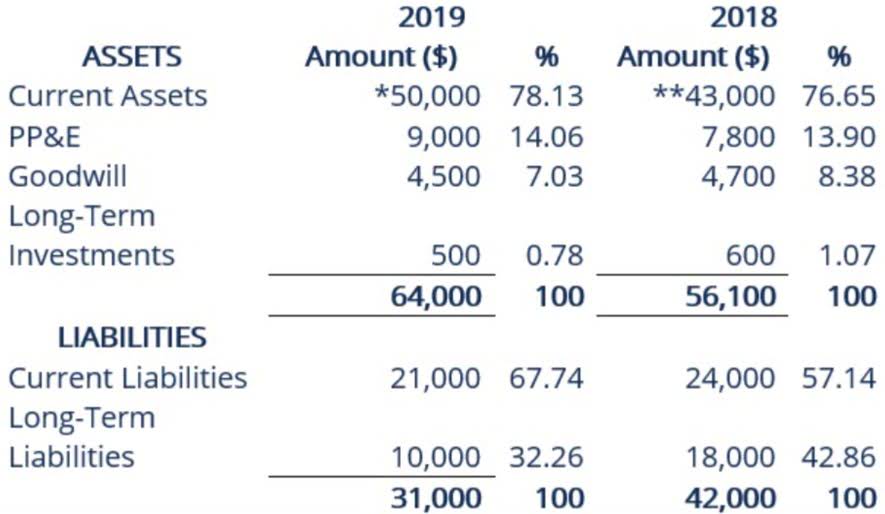
They need complete, up-to-date details on all incoming and outgoing payments to prepare financial statements and make informed decisions. In double-entry bookkeeping, the general journal is the book that lists all business transactions in chronological order. General journals are also called books of original entry because they are the first place transactions are recorded before getting posted to ledgers. Essentially, the general journal acts as a basic source of truth for business transactions.

Personalize Your Entries
- He has been the CFO or controller of both small and medium sized companies and has run small businesses of his own.
- After you’ve made adjusting entries at the end of a period, reversing entries help clear the slate at the start of the new period.
- This documentation helps verify the accuracy and validity of the recorded transactions.
- Most journal entries are private by nature, creating a safe space for authentic expression.
- These two changes are known as a debit movement and a credit movement.
- If the company makes a profit, it’s a credit to Retained Earnings.
It forms the basis of https://shinyplace.ca/17-big-tax-deductions-write-offs-for-businesses/ financial statements and ensures that nothing slips through the cracks, making it essential for compliance and decision-making. Now, let’s say the company made the purchase on credit, not in cash. Rather than impacting the cash account, it would increase the accounts payable account (credit) while still increasing the expense account (debit). Standard journal entries are used to initially record transactions in the books as they occur.

Example #3 – Asset
For example, the company ABC Ltd. has the policy to pay the wages to its employees every two weeks. On July 24, 2020, the company made the $5,000 wages payment for the two weeks (or ten days) of work the employees have performed. When a business makes a sale of a product or service, it needs to record how much it received from the client and the corresponding revenue. Meanwhile, the general ledger is divided into sub-ledgers, which represent each account in your chart of accounts.
- The bookkeeping software that you use might already have a specific way to deal with these types of transactions so check the help documentation.
- Let’s explore how this diary keeps track of everything, from buying pencils to paying for a website.
- Even short, imperfect entries create valuable records of your journey.
- These entries follow the fundamental rule of double-entry accounting and bookkeeping, where every debit is matched with the corresponding credit.
- General journal contains all the business transactions that do not belong to one of the special journals.
- It is impossible to provide a complete set of journal entries that address every variation on every situation, since there are thousands of possible entries.
Financial Worries

He is going to record depreciation for the mixer over 10 years. On April 3 $110 was paid to the power supply company for power connection. $850 of cash and checks/cheques was deposited into the bank. On April 21 Rose had to purchase more vases from Vase Co. these were bought on credit to the value of $250.00. Our examples are based on a flower shop called Rose and Flower, owned by Rose (purely fictional).

If you are using QuickBooks®, record this transaction through Sales Receipt in the Customer section of the flow chart or the drop down menu. Part 2 of this series covers common but not routine bookkeeping entries. entry example It will deal with capital assets, banking, taxes and year-end.
- It’s easy to overlook the quiet power in consistent, foundational steps.
- The journal entry would look slightly different if the purchase requires the company to collect sales tax.
- Most journal entries are recorded in general journal, but specific journal entries like credit sales of inventory are recorded in separate journals like the sales journal.
- Adjusting entries are made at the end of an accounting period to record changes in account balances that you haven’t reflected in the general ledger.
- To book the reality that the bad debt is uncollectible, make the next bookkeeping entry.
They’re the things you proudly list on your balance sheet before they inevitably break, become obsolete, or get replaced by a newer, shinier version. Tickmark, Inc. and its affiliates do not provide legal, tax or accounting advice. The information provided on this website does not, and is not intended to, constitute legal, How to Run Payroll for Restaurants tax or accounting advice or recommendations. All information prepared on this site is for informational purposes only, and should not be relied on for legal, tax or accounting advice. You should consult your own legal, tax or accounting advisors before engaging in any transaction.

